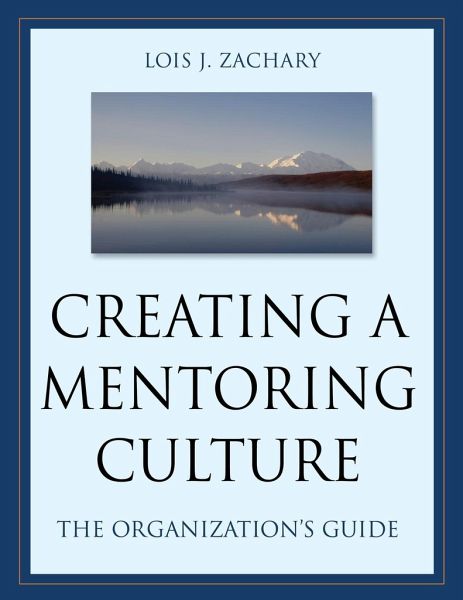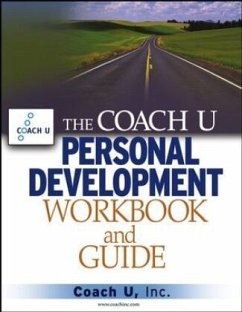
Creating a Mentoring Culture
The Organization's Guide
Mitarbeit: Koestenbaum, Peter
Versandkostenfrei!
Versandfertig in über 4 Wochen
52,99 €
inkl. MwSt.
Weitere Ausgaben:

PAYBACK Punkte
26 °P sammeln!
Teaching and learning need not be limited to the academic world. On the contrary, evidence overwhelmingly shows that when employees are encouraged to learn and grow within an organization, the organization benefits. And mentoring is proven to be the most effective way of ensuring that this process takes place.
In order to succeed in today's competitive environment, corporate and nonprofit institutions must create a workplace climate that encourages employees to continue to learn and grow. From the author of the best-selling The Mentor's Guide comes the next-step mentoring resource to ensure personnel at all levels of an organization will teach and learn from each other. Written for anyone who wants to embed mentoring within their organization, Creating a Mentoring Culture is filled with step-by-step guidance, practical advice, engaging stories, and includes a wealth of reproducible forms and tools.












